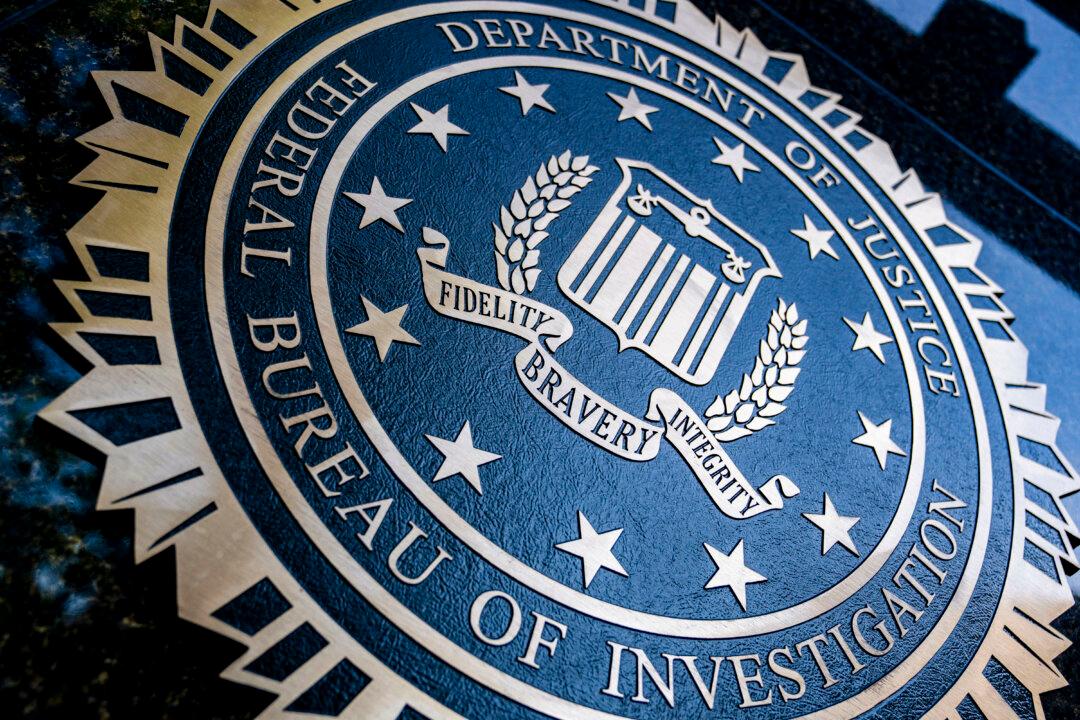Officials in Canada warned that wildfire smoke could again inundate parts of the United States after thick reddish smoke engulfed New York City and other parts of the northeastern U.S. last week.
“This is a first in the history of Quebec to fight so many fires, to evacuate so many people,” Bonnardel said, according to reports. “We are going to have a fight that we think will last all summer ... we haven’t yet won the battle,” he also said.
Canadian officials last week had asked other countries for additional help fighting more than 400 blazes nationwide that already have displaced 20,000 people. Air with hazardous levels of pollution extended into the New York metropolitan area, central New York state, and parts of Pennsylvania and New Jersey. Massive swaths of unhealthy air extended as far as North Carolina and Indiana, affecting millions of people.

Canadian Interagency Forest Fire Centre spokesperson Jennifer Kamau said more than 950 firefighters and other personnel have arrived from the United States, Australia, New Zealand, and South Africa, and more are due soon.
Last week, the largest town in Northern Quebec, Chibougamau, was evacuated. Eastern Quebec got some rain Wednesday, but Montreal-based Environment Canada meteorologist Simon Legault said no significant rain is expected for days in the remote areas of central Quebec where the wildfires are more intense.
While some corporate media outlets and Canadian Prime Minister Justin Trudeau have claimed that the fires were caused by climate change or global warming, some have noted that El Niño—which can bring drier conditions to the northern part of the North American continent—could be to blame.





